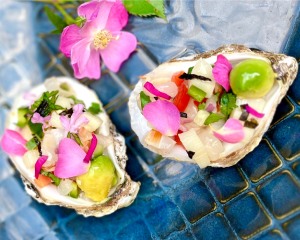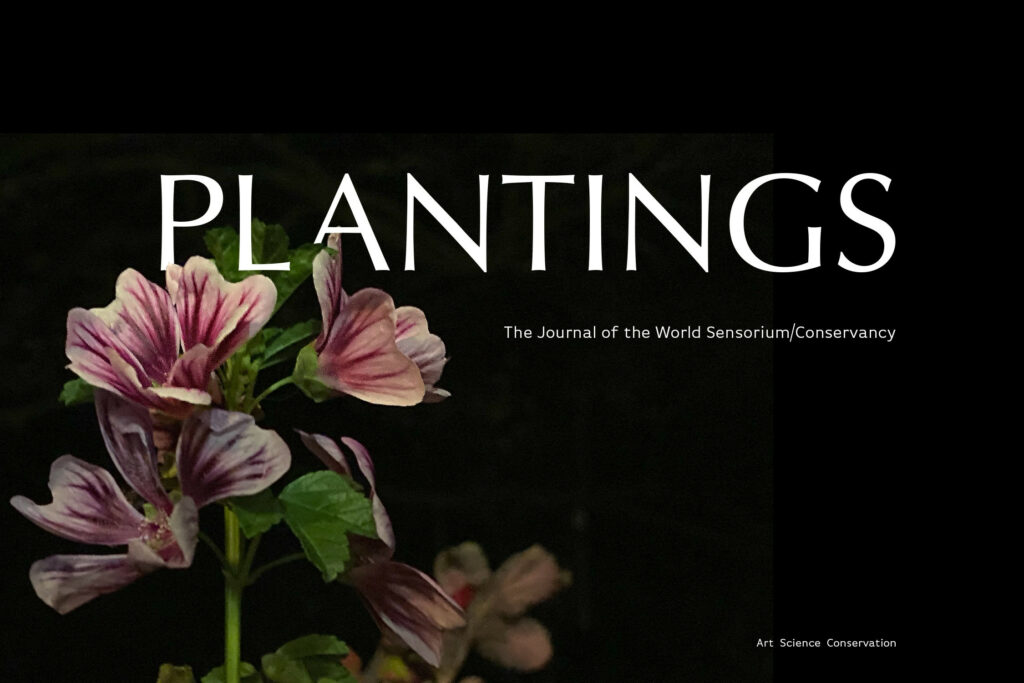
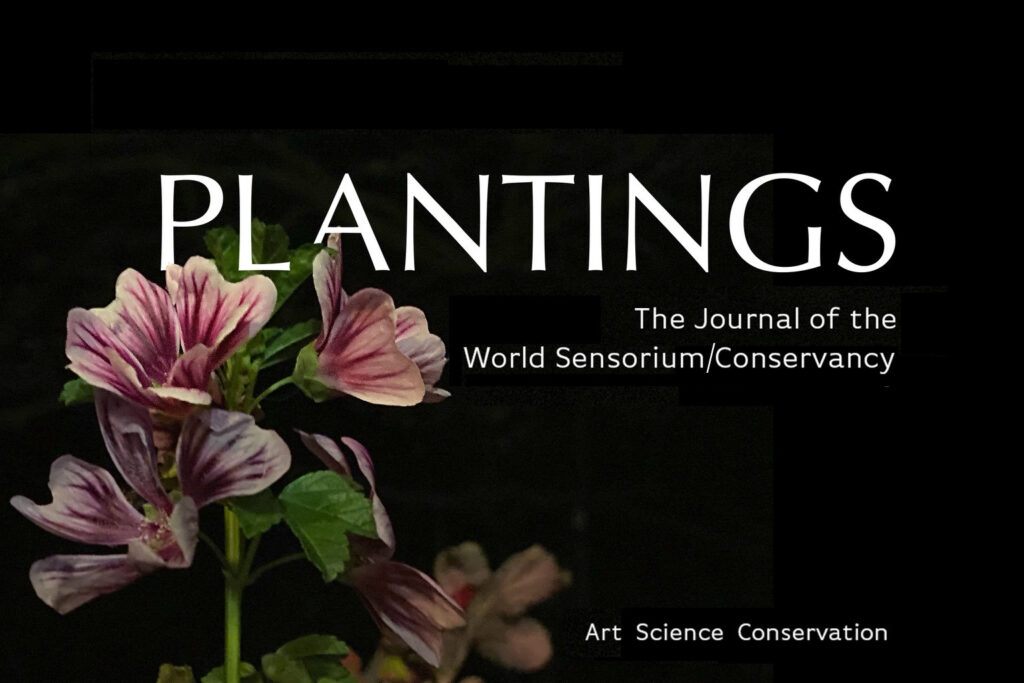
Issue 37: July 2024
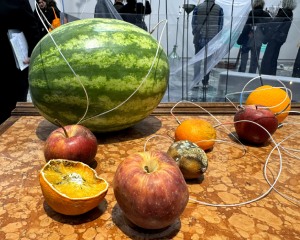
Yuko Mohri: Transforming Plant Fruit Decay into Melody and Meaning
By Gayil Nalls
July 1, 2024
Explore Yuko Mohri’s Venice Biennale installation that utilizes decaying fruit to generate movement, music, light, and scent.
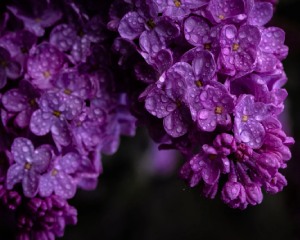
Fridays at Keller: Reflecting with Miriam Songster’s “Bloom Dates”
By David Strunk
July 1, 2024
What happens when we immerse ourselves in the floral aroma of fresh lilacs filling a New York City gallery?
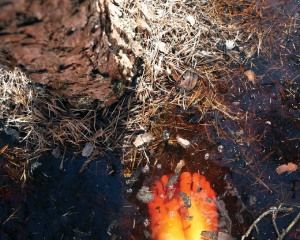
Irina Adam’s “Pitch Pine Pollen,” A Transforming Forest
By David Strunk
July 1, 2024
Irina Adam raises awareness about the critical role pollen plays in plant reproduction and its broader implications for biodiversity and ecosystem health.
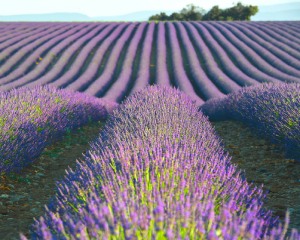
Fields of Color, Culture, and Calm
By Gayil Nalls
July 1, 2024
The fields of Lavandula angustifolia in Provence, France, are not just a visual and olfactory delight but a symbol of the region’s rich cultural heritage.
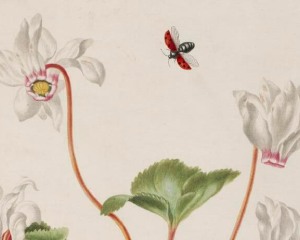
A 19th-century tale of hermaphrodite flowers, Charles Darwin, and women’s right to vote
By Rebecca Batley
July 1, 2024
Read the story of Boundary Breaker, Lydia Becker, who wrote a letter to Darwin and later advocated for more equity between the human sexes… Three words jumped out at Darwin: “unique … bisexual flowers.”
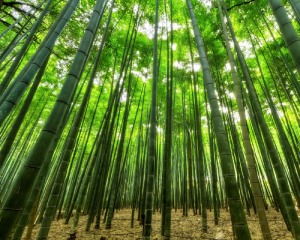
Ecologists Can’t Beat Invasive Species, So They’re Joining Them
By Lorraine Boissoneault
July 1, 2024
Few researchers know the trials of combatting invasive species better than botanists Susan Cordell and Becky Ostertag, who just published a “sobering” report of their decade-long battle against invasives in Maui.
Eat More Plants: Recipes
Lychee Ceviche with Rose Petals
By Culinarian Mary Munro
July 1, 2024
Ceviche is a delightful dish, perfect for warm summer evenings. Traditionally made with fish, this easy vegan variation features the subtle brine of hearts of palm paired magically with lychee.
